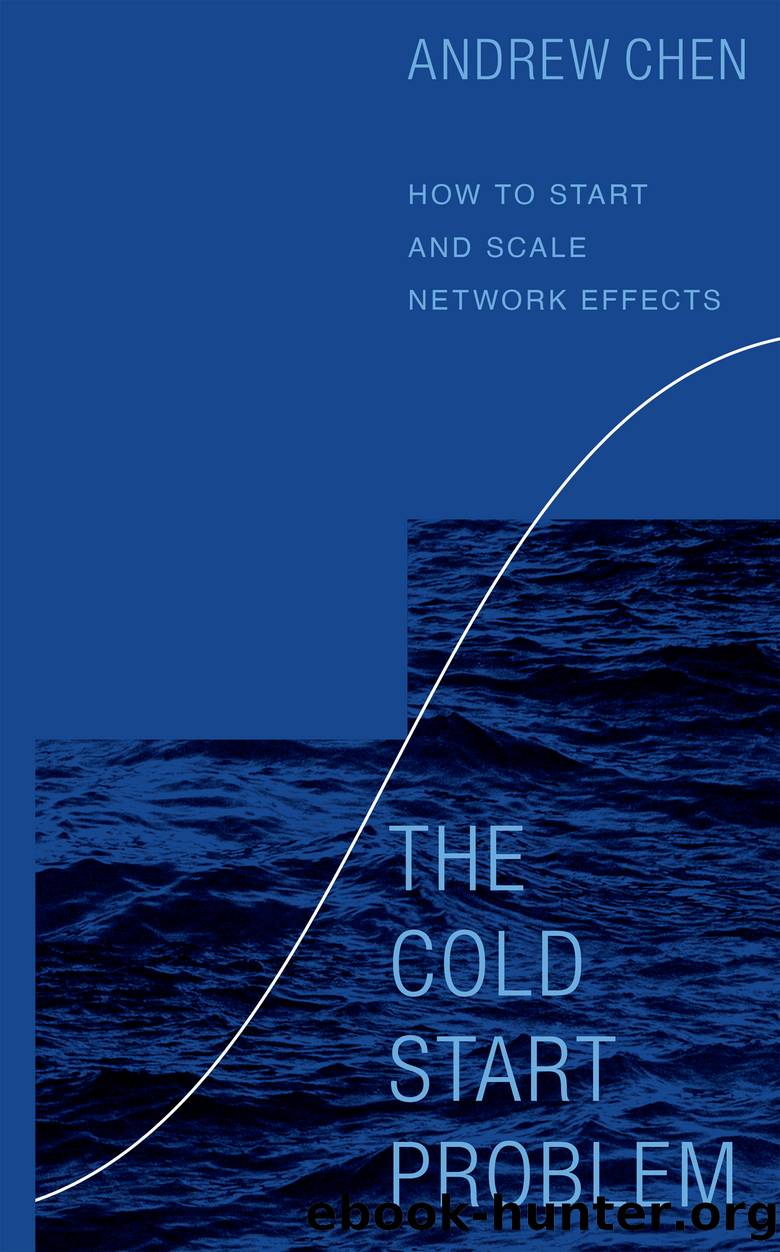The Cold Start Problem by Andrew Chen

Author:Andrew Chen
Language: eng
Format: epub
Publisher: Harper Business
Published: 2021-10-08T00:00:00+00:00
19
The Engagement Effect
Scurvy
The modern techniques we use in studying the stickiness and engagement of technology products have their origins in the study of disease.
In 1753, Scottish doctor James Lind published a celebrated paper called âTreatise of Scurvy,â one of the first reported clinical trials in history. In it, he described his studies and experiments on scurvy while he served as ship surgeon on the HMS Salisbury, a Royal Navy warship. At the time, scurvy was one of the most devastating diseases for sailors in the navy. It is said that more sailors would die of scurvy than of contact with the enemy, and it had become a major barrier in conducting warfare and trade over long distances.
In his paper, Lind described one of the first randomized controlled trials in history. He divided twelve men suffering from scurvy symptoms into six pairs, and gave the following mixture on a daily basis: cider, diluted sulfuric acid, sea water, and vinegar. One lucky pair, the experiment group, also got two oranges and a lemon. Then Lind would check on how the sailors were doing over time. The improvement in the two receiving vitamin C from the citrus was obvious, and by the end of the trial, when they had run out of fruit, this pair were almost fully recovered.
These techniques were so powerful that hundreds of years later, they are the basis for how tech companies measure and optimize for engagement and retention for their products.
In the modern usage, users are often divided into separate groupsâcalled cohortsâwhich then allow them to be measured separately. Instead of tracking for scurvy, instead users are monitored on how active they are within a productâhow many are still around a day after they sign up, versus seven days or thirty days? Are newer users having a better experience over the first few weeks, compared to an older cohort that was using a buggier version of the product?
These graphsâoften called âcohort retention curvesââare the foundational method for understanding whether a product is working or not. And we have James Lind and his study of scurvy to thank for the technique.
Download
This site does not store any files on its server. We only index and link to content provided by other sites. Please contact the content providers to delete copyright contents if any and email us, we'll remove relevant links or contents immediately.
Spare by Prince Harry The Duke of Sussex(5142)
Navigation and Map Reading by K Andrew(5135)
Tuesdays with Morrie by Mitch Albom(4733)
Machine Learning at Scale with H2O by Gregory Keys | David Whiting(4263)
Cracking the GRE Premium Edition with 6 Practice Tests, 2015 (Graduate School Test Preparation) by Princeton Review(4251)
Never by Ken Follett(3887)
Goodbye Paradise(3767)
What It Really Takes to Get Into Ivy League and Other Highly Selective Colleges by Hughes Chuck(3717)
Harry Potter and the Prisoner of Azkaban (Book 3) by J. K. Rowling(3326)
Fairy Tale by Stephen King(3311)
Pledged by Alexandra Robbins(3153)
Kick Ass in College: Highest Rated "How to Study in College" Book | 77 Ninja Study Skills Tips and Career Strategies | Motivational for College Students: A Guerrilla Guide to College Success by Fox Gunnar(3101)
A Dictionary of Sociology by Unknown(3047)
Sapiens and Homo Deus by Yuval Noah Harari(3036)
Reminders of Him: A Novel by Colleen Hoover(3015)
The Social Psychology of Inequality by Unknown(2990)
Graduate Admissions Essays, Fourth Edition: Write Your Way into the Graduate School of Your Choice (Graduate Admissions Essays: Write Your Way Into the) by Asher Donald(2890)
Will by Will Smith(2877)
Zero to Make by David Lang(2758)
